Greg Lever's Email & Phone Number
Associate Director, Machine Learning Engineering @ IQVIA
Greg Lever Email Addresses
Greg Lever's Work Experience

Associate Director, Machine Learning Engineering (ML People Leader and Engineer)
May 2021 to Present





Arkera
Machine Learning Engineer
December 2015 to April 2017

Stylect
Machine Learning Engineer
April 2015 to December 2015

Stylect
Data Science Intern (via Faculty)
February 2015 to April 2015

Show more
Show less
Frequently Asked Questions about Greg Lever
What is Greg Lever email address?
Email Greg Lever at [email protected], [email protected] and [email protected]. This email is the most updated Greg Lever's email found in 2024.
How to contact Greg Lever?
To contact Greg Lever send an email to [email protected], [email protected] or [email protected].
What company does Greg Lever work for?
Greg Lever works for IQVIA
What is Greg Lever's role at IQVIA?
Greg Lever is Senior Engineer, Machine Learning
What is Greg Lever's Phone Number?
Greg Lever's phone +44 ** **** *403
What industry does Greg Lever work in?
Greg Lever works in the Hospital & Health Care industry.
Greg Lever's Professional Skills Radar Chart
Based on our findings, Greg Lever is ...
What's on Greg Lever's mind?
Based on our findings, Greg Lever is ...
Greg Lever's Estimated Salary Range
Greg Lever Email Addresses
Find emails and phone numbers for 300M professionals.
Search by name, job titles, seniority, skills, location, company name, industry, company size, revenue, and other 20+ data points to reach the right people you need. Get triple-verified contact details in one-click.In a nutshell
Greg Lever's Personality Type
Introversion (I), Sensing (S), Thinking (T), Perceiving (P)
Average Tenure
2 year(s), 0 month(s)
Greg Lever's Willingness to Change Jobs
Unlikely
Likely
Open to opportunity?
There's 88% chance that Greg Lever is seeking for new opportunities


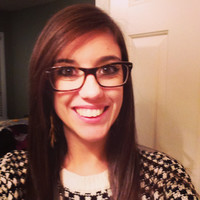






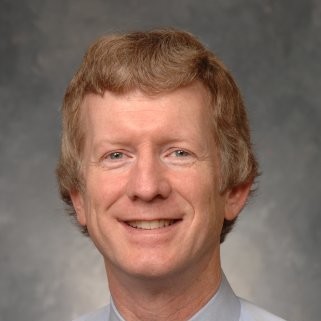

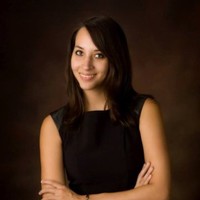








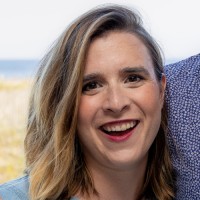





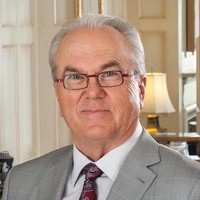









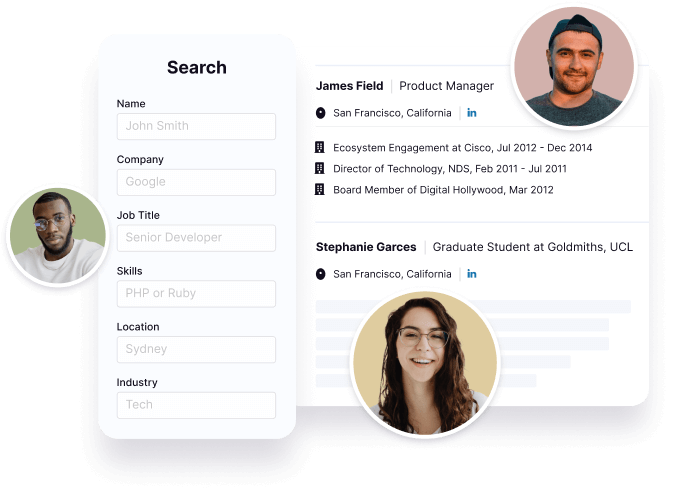
Greg Lever's Social Media Links
/in/levergreg www.greglever.com www.tcm.phy.cam.ac.uk